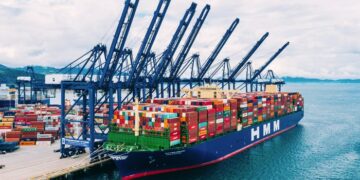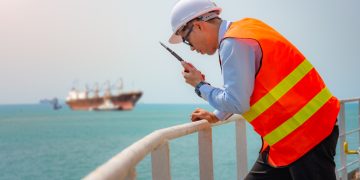Overloaded windlass motor failed
Experience feedback A deep draught tanker arrived at a port to discharge her oil cargo and temporarily anchored in the exposed roadstead in order to await her turn. Expecting to berth the followingday, the Master paid out a scope of 6 shackles of chain on the port anchor in gale conditions. The next morning, the weather was unchanged and the vessel received instructions to proceed to the pilot boarding ground to embark pilot. The engine was readied and the vessel began weighing anchor.When 4 shackles had been heaved in, the windlass hydraulic motor suddenly failed and the entire 11 shackles of chain ran out at such speed that the brake was damaged as the crew tried desperately to check the cable. Fortunately, there was no injury and the bitter end securing of the cable in the chain locker did not part. Ship's staff temporarily exchanged the damaged port windlass hydraulic motor with the operational starboard unit, and after a short delay, the ship weighed anchor and proceeded to her designated berth. The managers arranged for a classification society surveyor to attend the ship at berth and survey the damage, after which a condition of class was imposed.Root cause/contributory factors1. Lack ...
Read more





















































